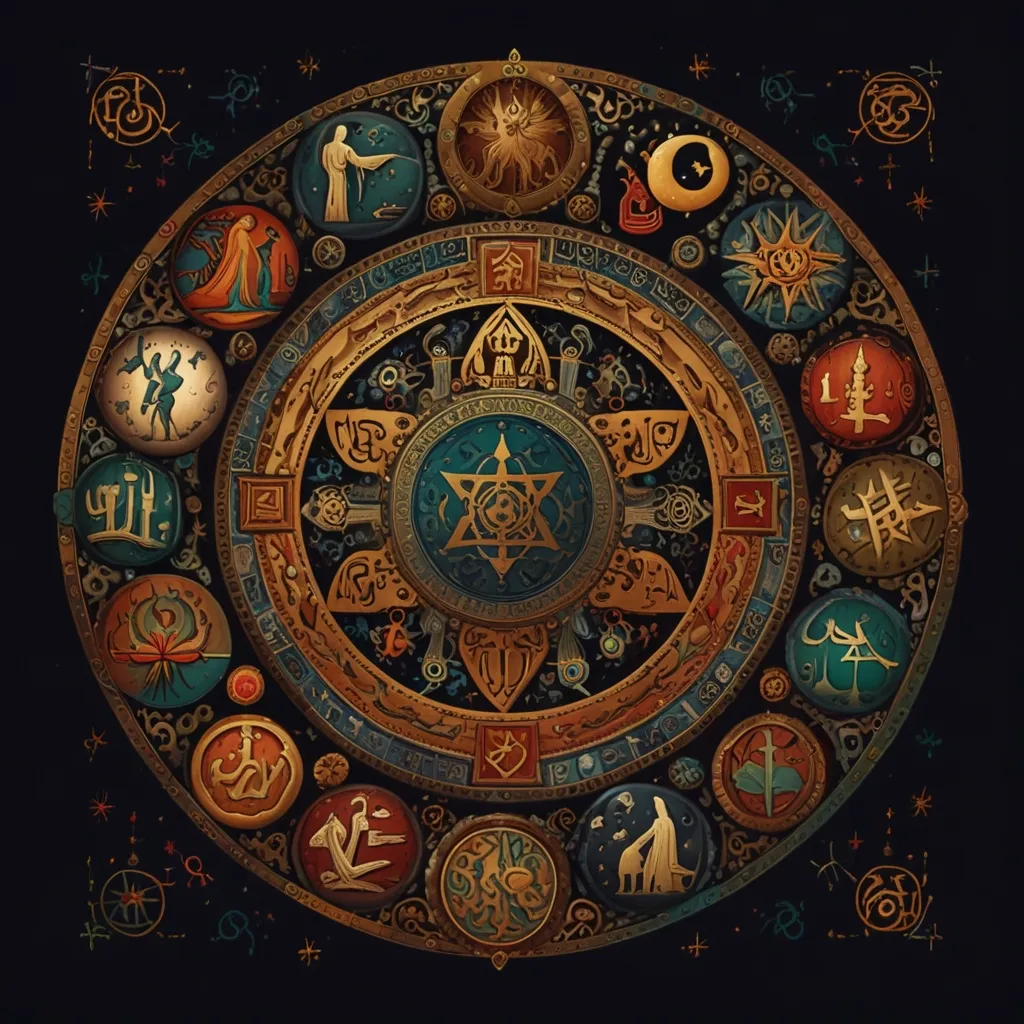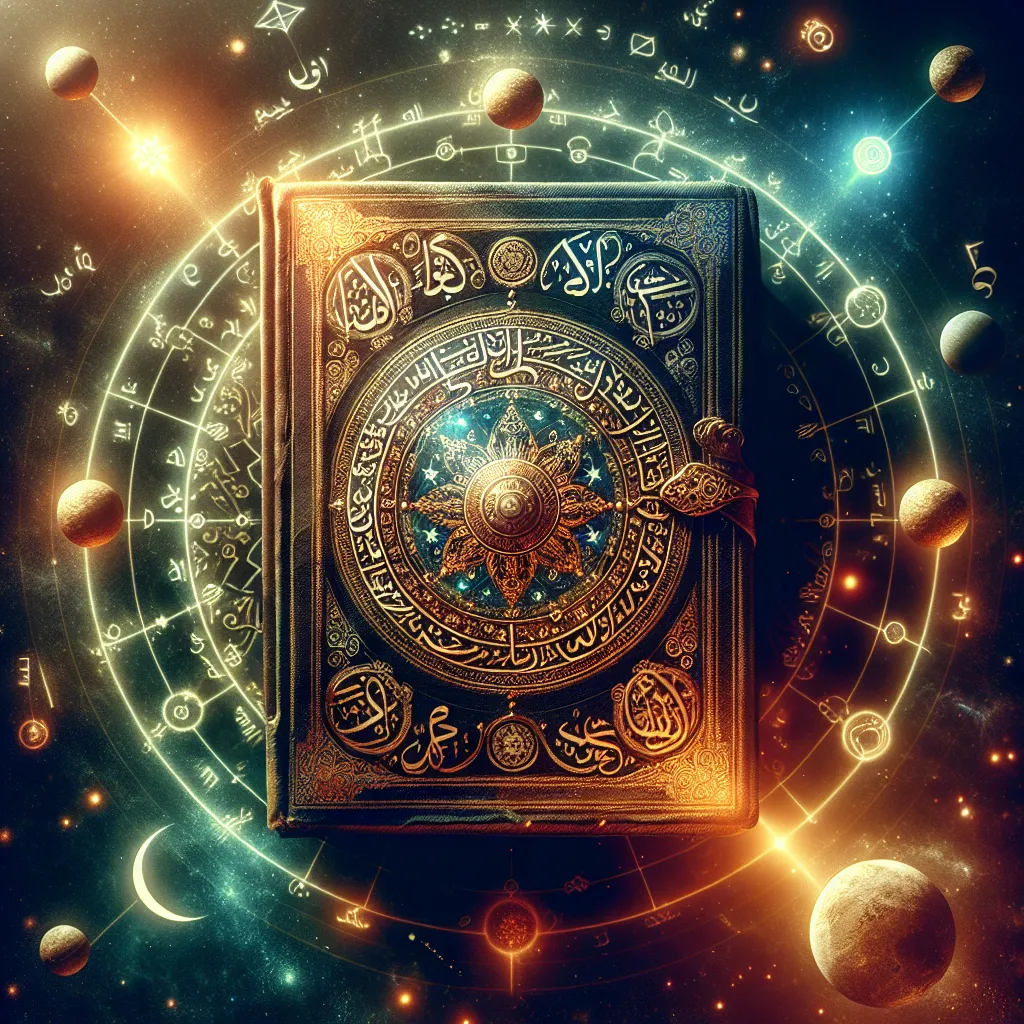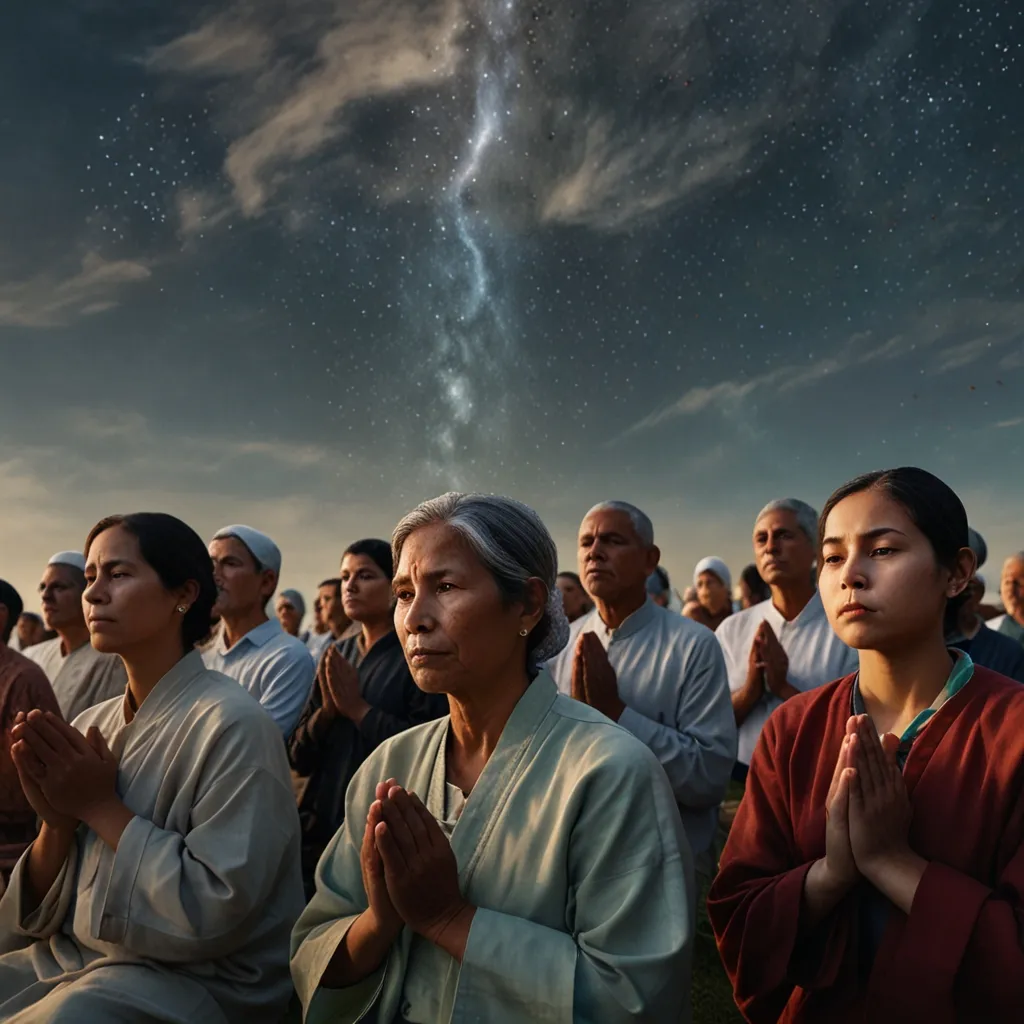The poetry of this acclaimed poet is deeply rooted in the Sufi path and the longing for God. His verses are a form of remembrance, known in Sufism as dhikr, which is essential in practicing this spiritual path. Though all his works hold great reverence, he is particularly famous for two poems. One of these poems is known as “al-Khamriya,” or “The Wine Ode.”
In “The Wine Ode,” the poet uses the imagery of wine and intoxication to symbolize divine love that overwhelms the soul. The wine represents an all-encompassing love, and the resulting intoxication mirrors the ecstatic, mystical state achieved through this divine connection.
The poem speaks of a transformative power, celebrating the presence of the divine within the universe. Through dhikr, the memory of the beloved divine is recalled, leading to a profound sense of oneness. The lines beautifully capture this sentiment: “In memory of the Beloved, we drank a wine; we were drunk with it before the creation of the vine.” This verse emphasizes how divine love transcends time and space, uniting the soul with the infinite.
The poet’s use of wine as a metaphor for divine love is both vivid and evocative, highlighting how spirituality can elevate and transform one’s inner world.






